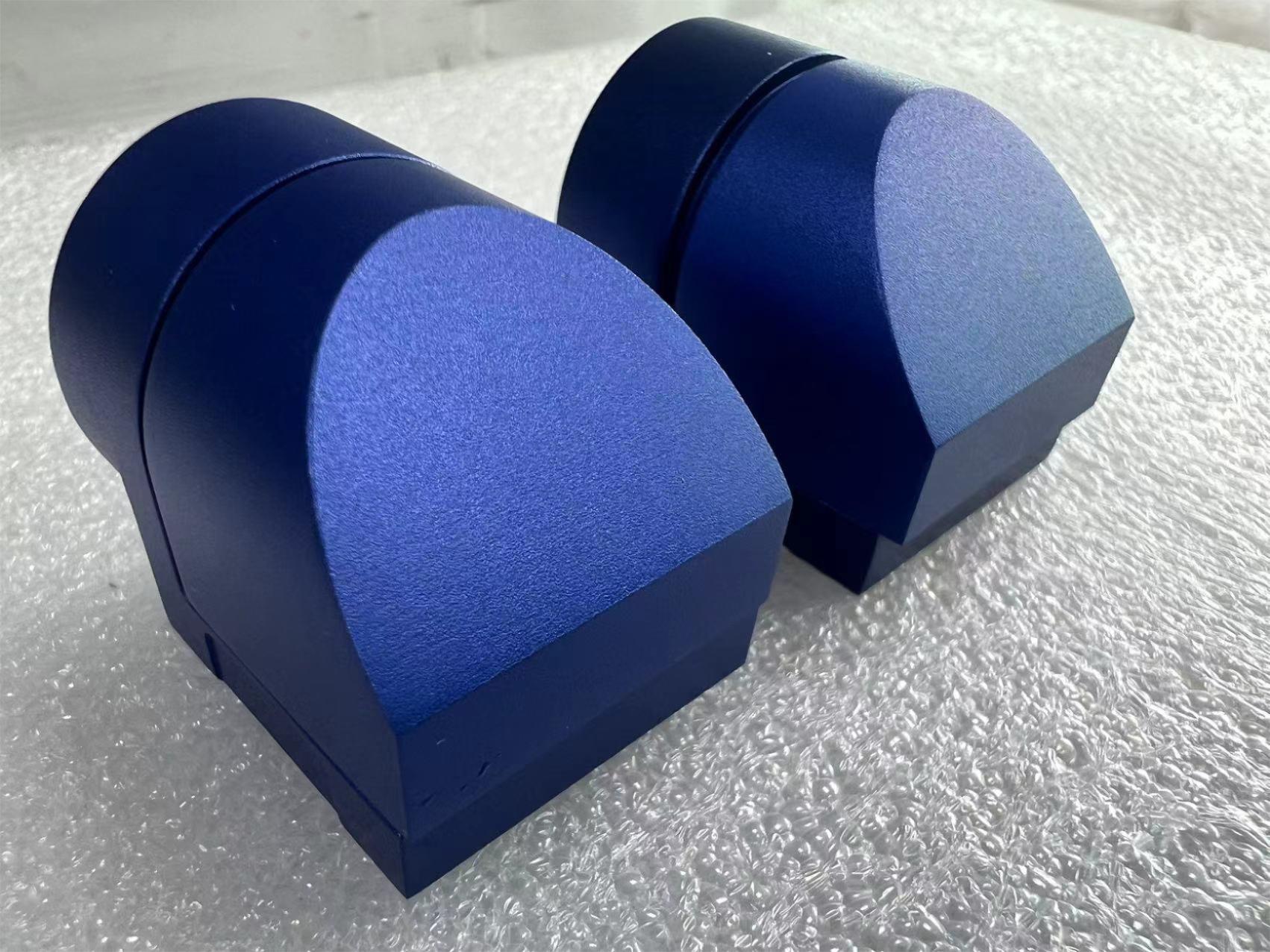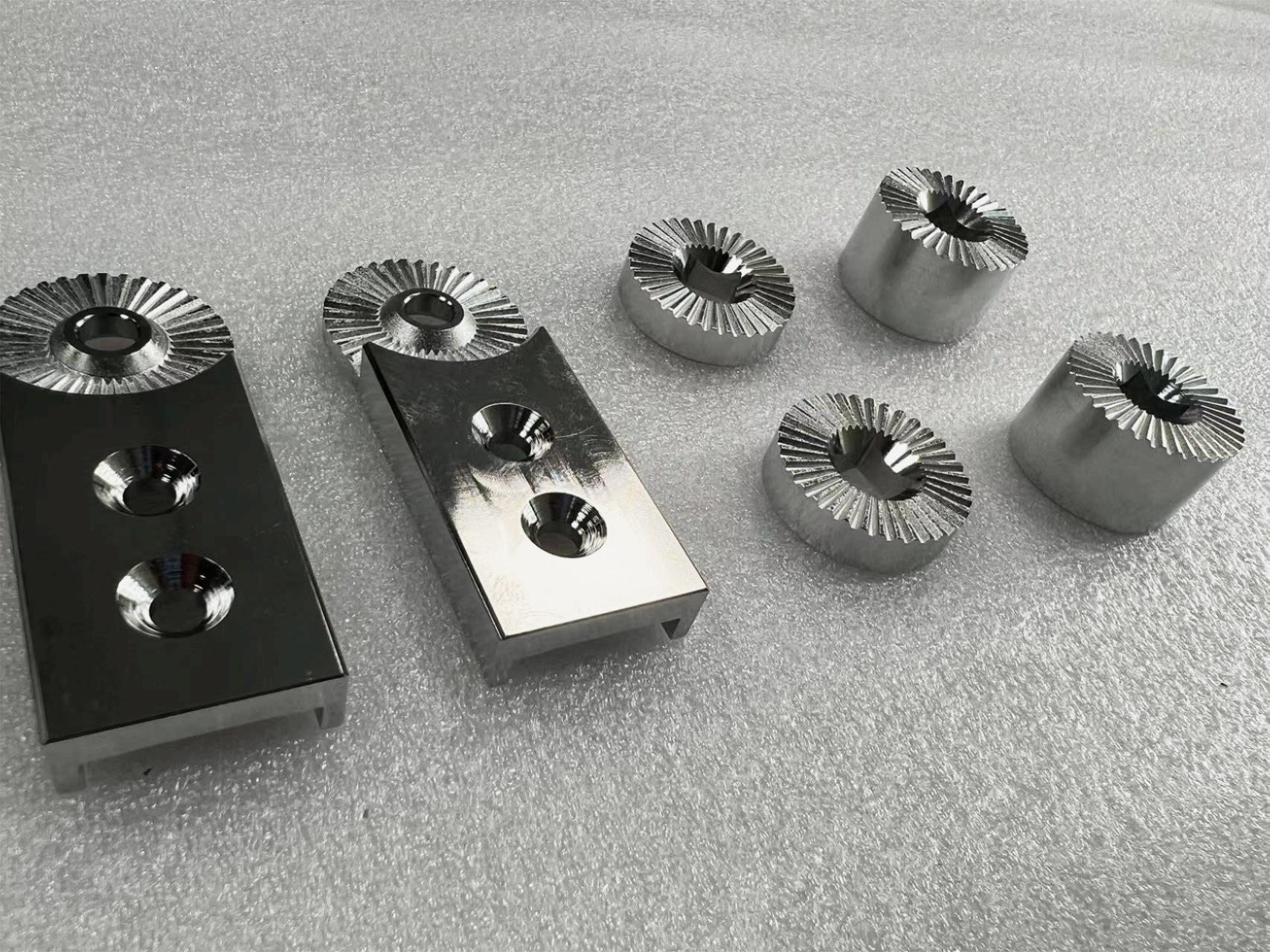Nickel Plating
Nickel plating is a surface finishing process that involves electroplating a thin layer of nickel onto a substrate, typically made of metal, to enhance its appearance, corrosion resistance, and wear resistance.
Nickel plating includes electroplating and electroless plating.
Electroplating involves depositing a uniform and dense layer of nickel onto a substrate, typically made of metal, using a solution composed of nickel salt (known as the main salt), conductive salt, pH buffer, and wetting agent.
In this process, the substrate acts as the cathode, while a metallic nickel anode is immersed in the electrolyte solution.
Direct current is applied, causing nickel ions to be deposited onto the cathode (substrate), forming a layer of nickel plating.
Bright nickel is obtained from a plating solution containing brighteners, while dull nickel is obtained from an electrolyte solution without brighteners.
The nickel plating process typically consists of the following steps:
Surface Preparation:
The substrate is cleaned and prepared to remove any dirt, grease, or other contaminants.
This may involve degreasing, acid etching, or other chemical treatments to ensure proper adhesion of the nickel layer.
Electrocleaning:
The substrate is then subjected to an electrocleaning process, where it is immersed in an alkaline solution and subjected to an electric current.
This helps remove any remaining contaminants and prepares the surface for plating.
Nickel Plating:
The cleaned substrate is immersed in a plating bath containing a nickel salt solution and subjected to an electric current.
Nickel ions in the solution are attracted to the substrate and deposit onto its surface, forming a thin layer of nickel.
The thickness of the nickel layer can be controlled by adjusting the plating parameters such as current density, temperature, and plating time.
Rinsing:
After plating, the substrate is rinsed thoroughly to remove any excess plating solution and ensure the purity of the nickel layer.
Post-Treatment:
In some cases, the plated substrate may undergo additional post-treatment processes to improve its properties.
This may include passivation, brightening, or sealing to enhance corrosion resistance, improve appearance, or provide specific functional properties.
Quality Control:
The plated substrate is inspected for adherence, thickness, and overall quality to ensure it meets the desired specifications and standards.










